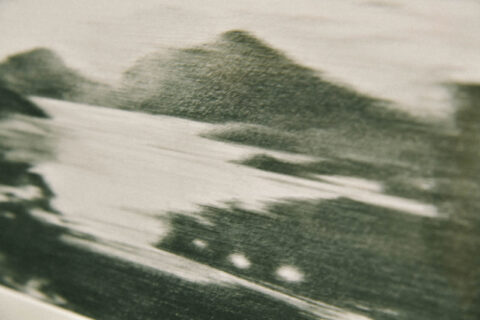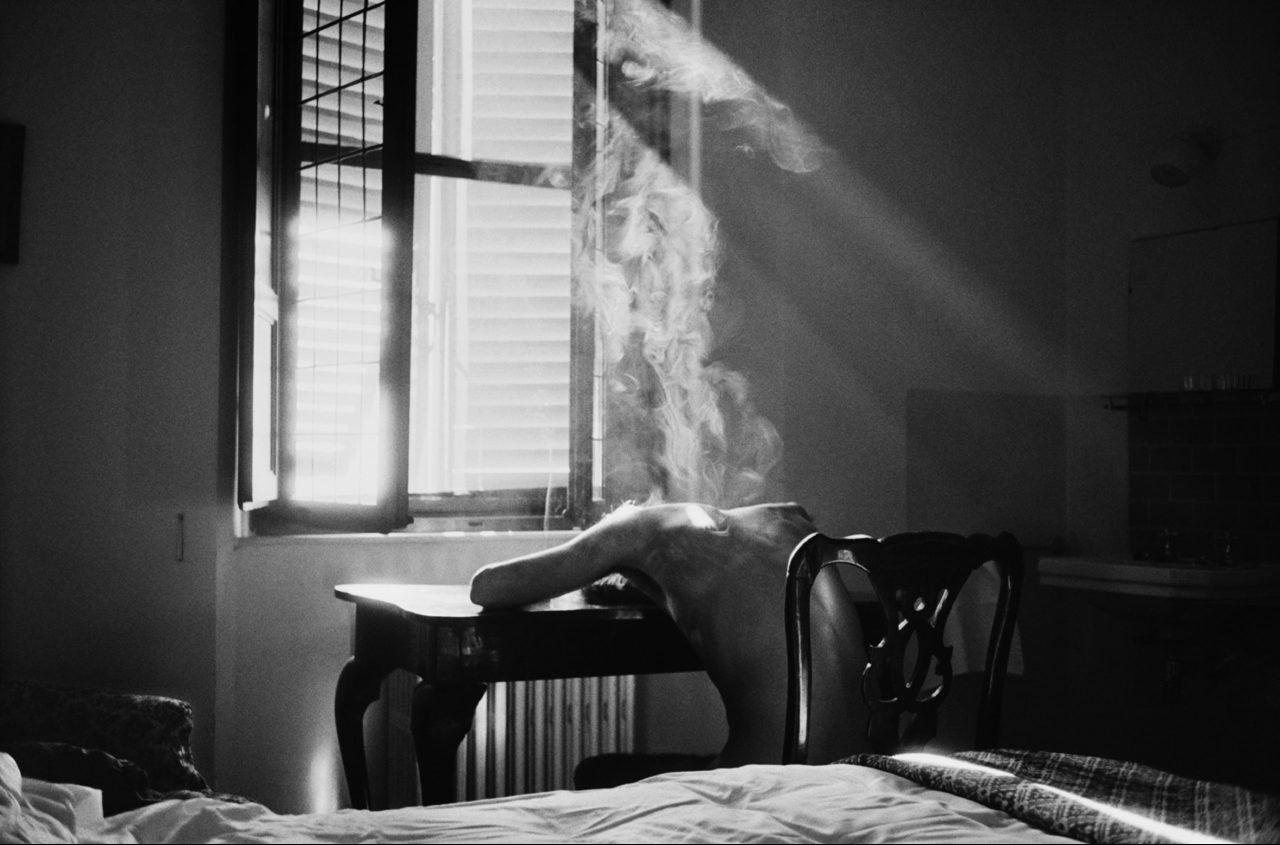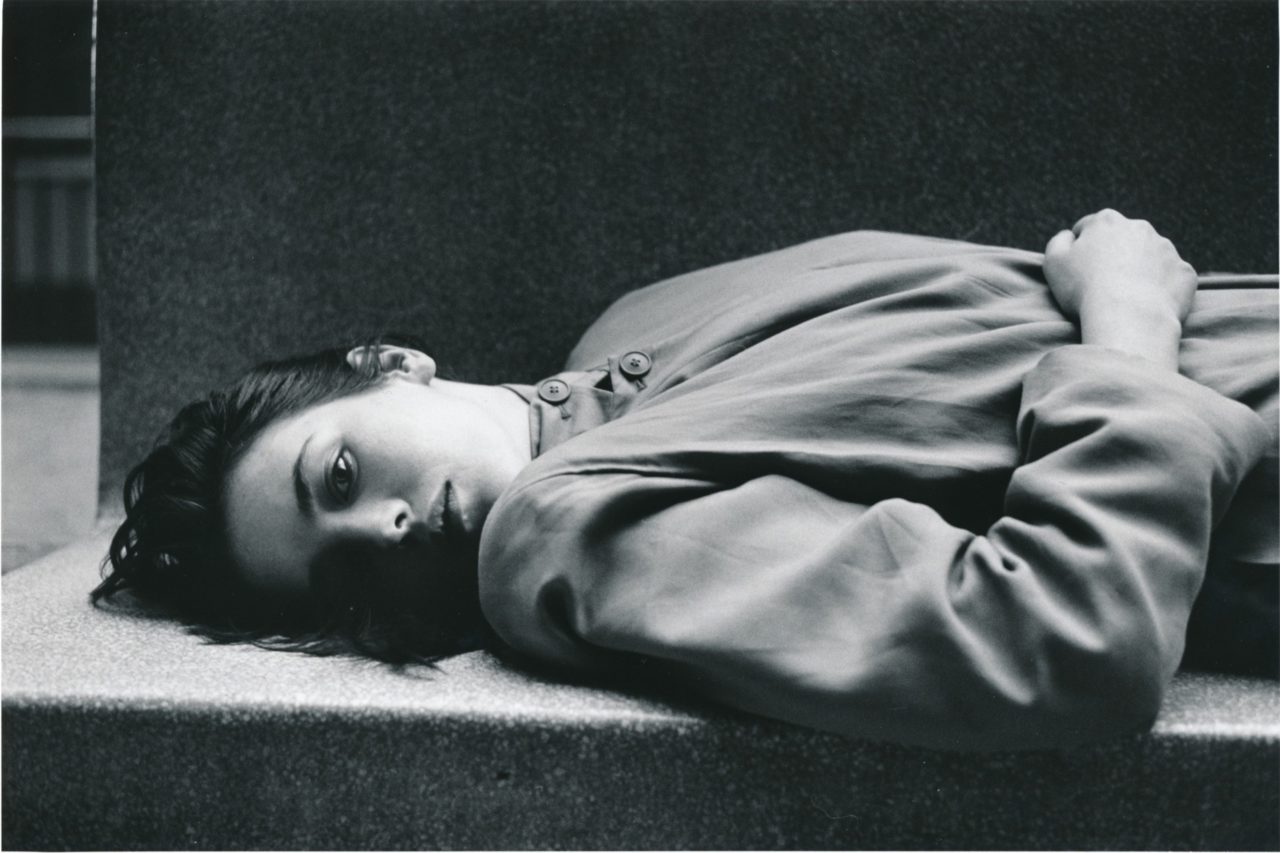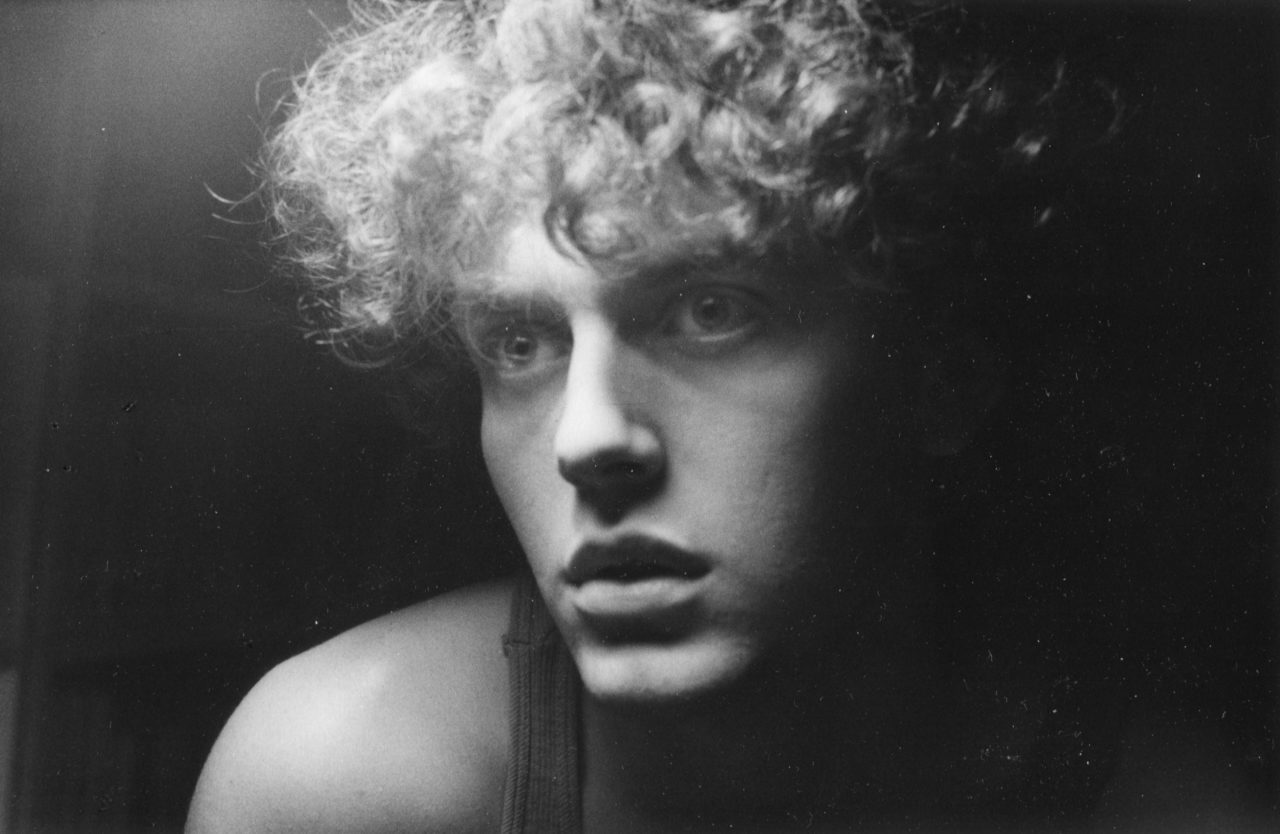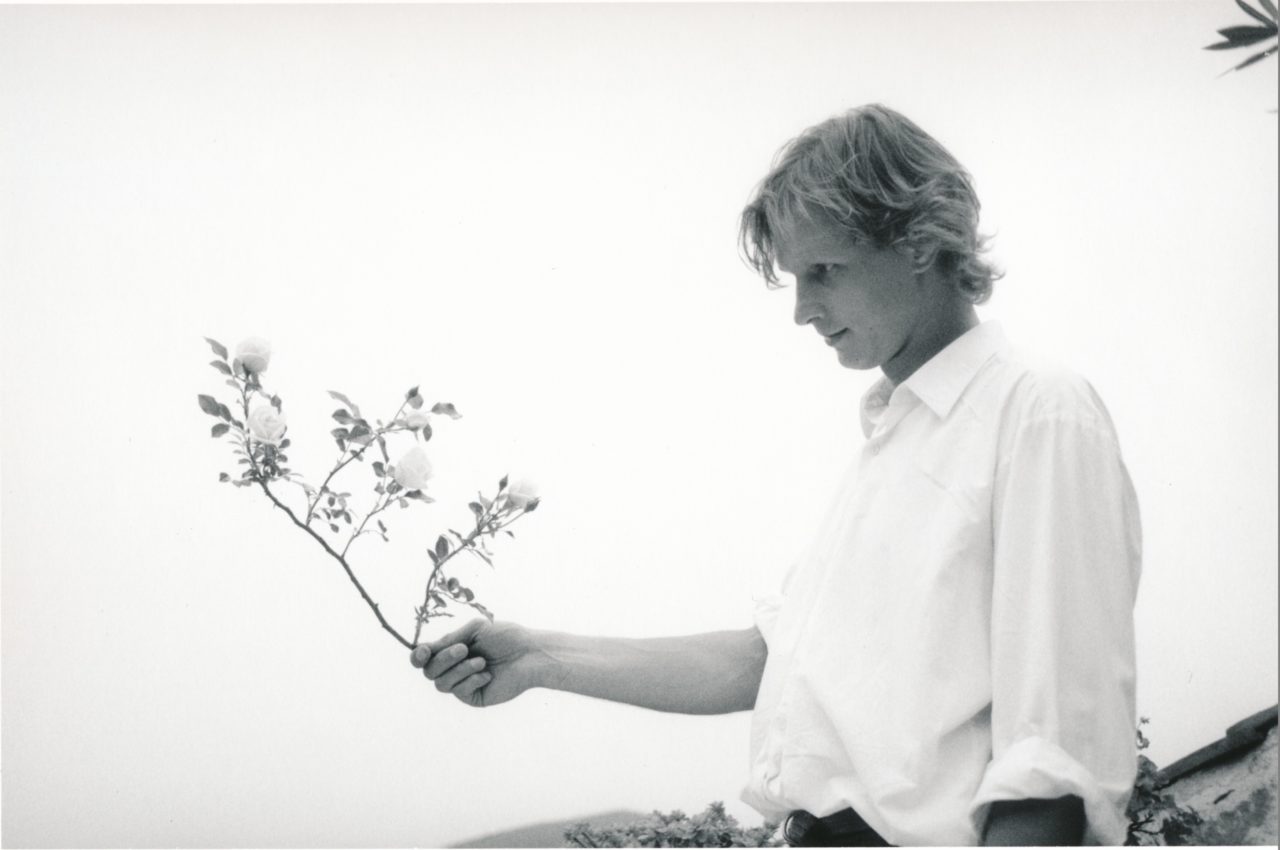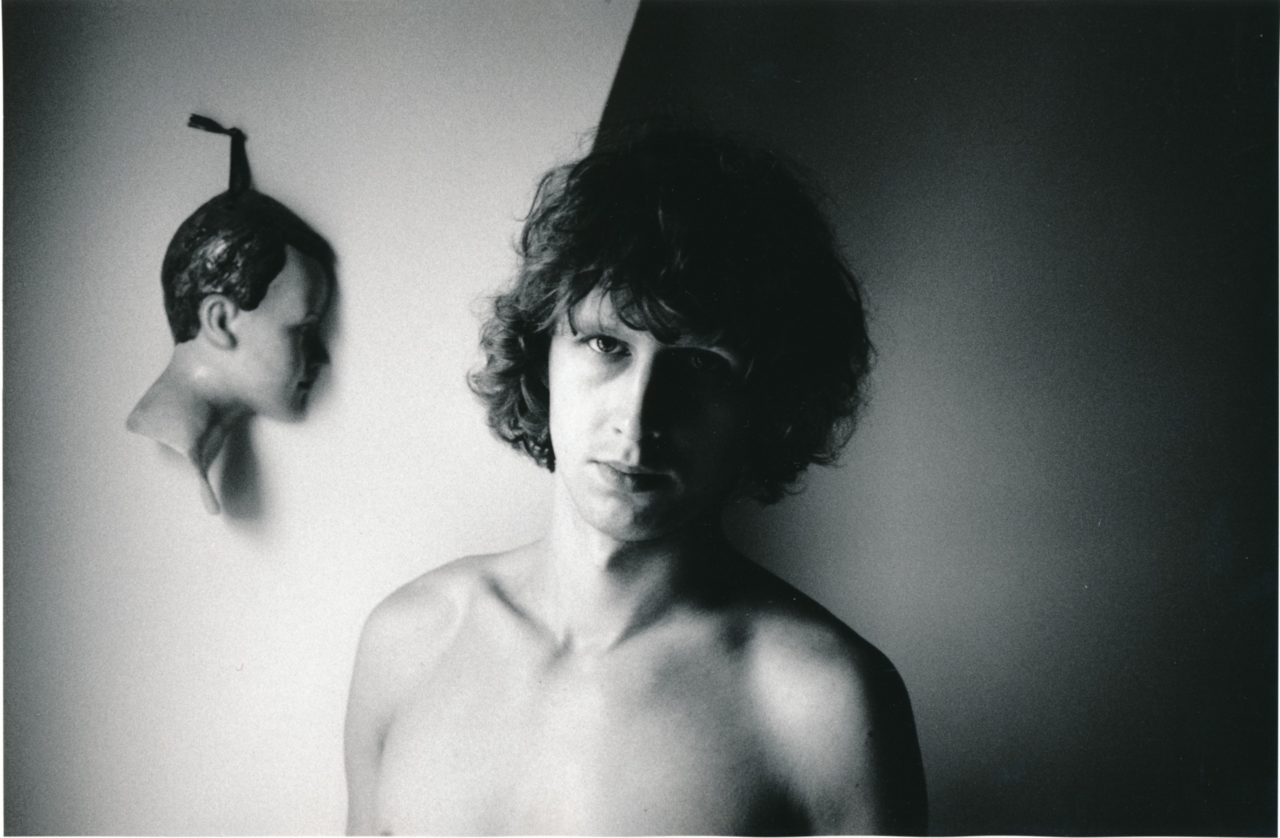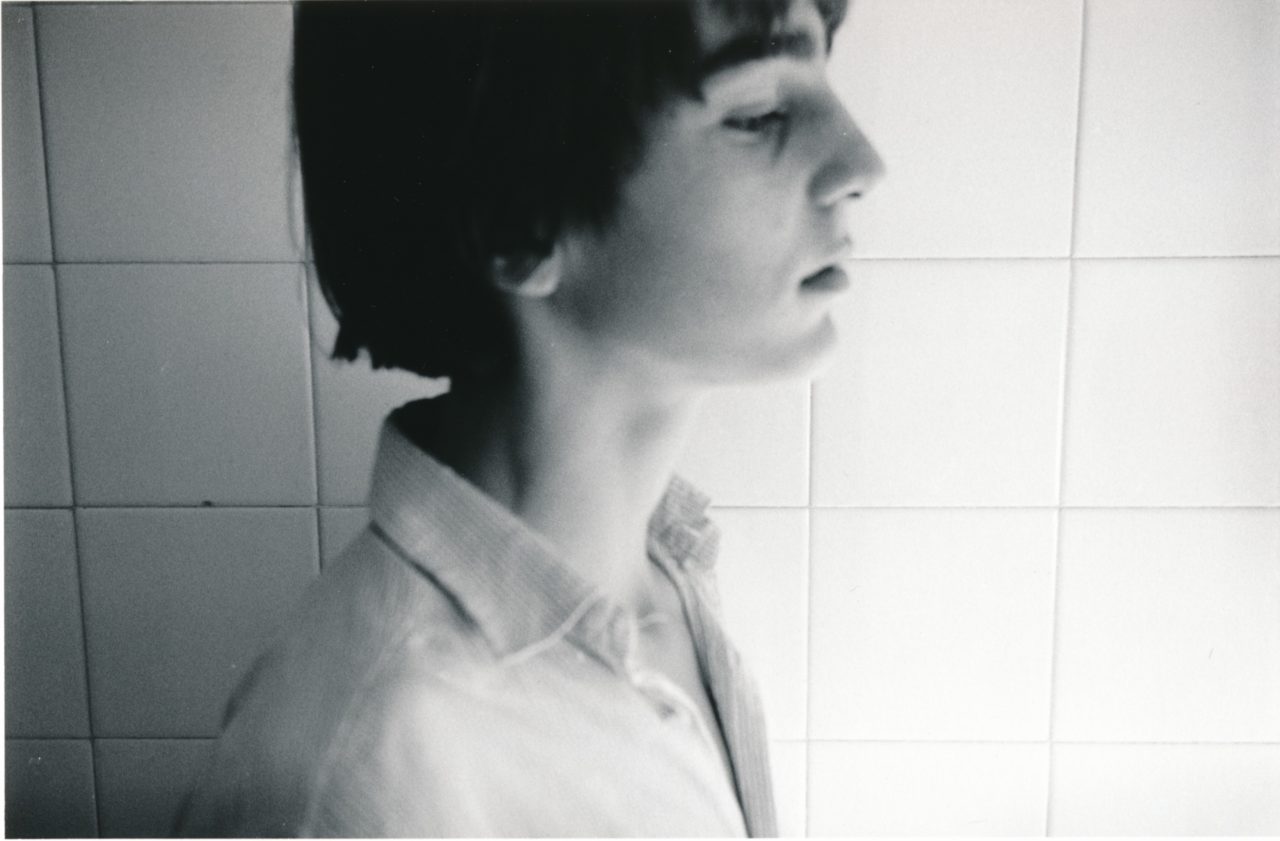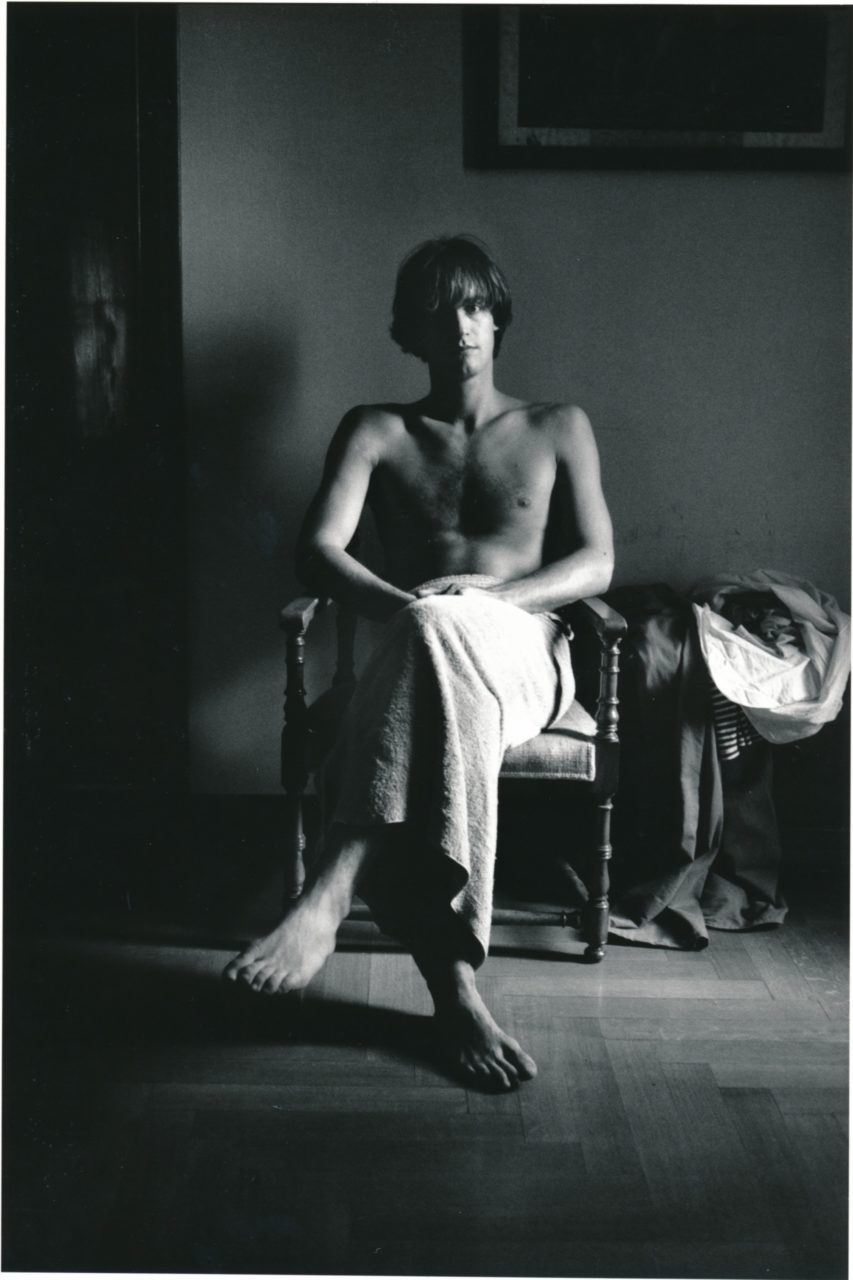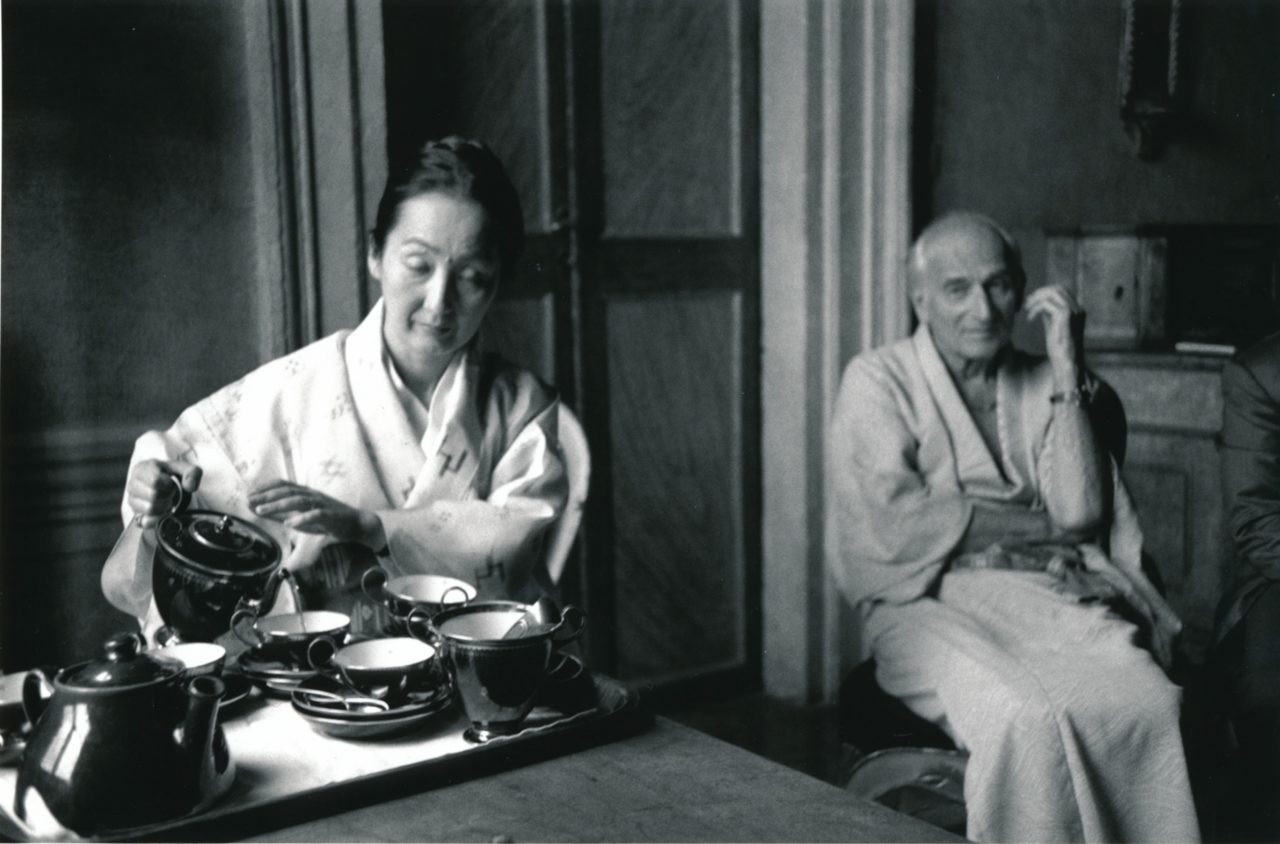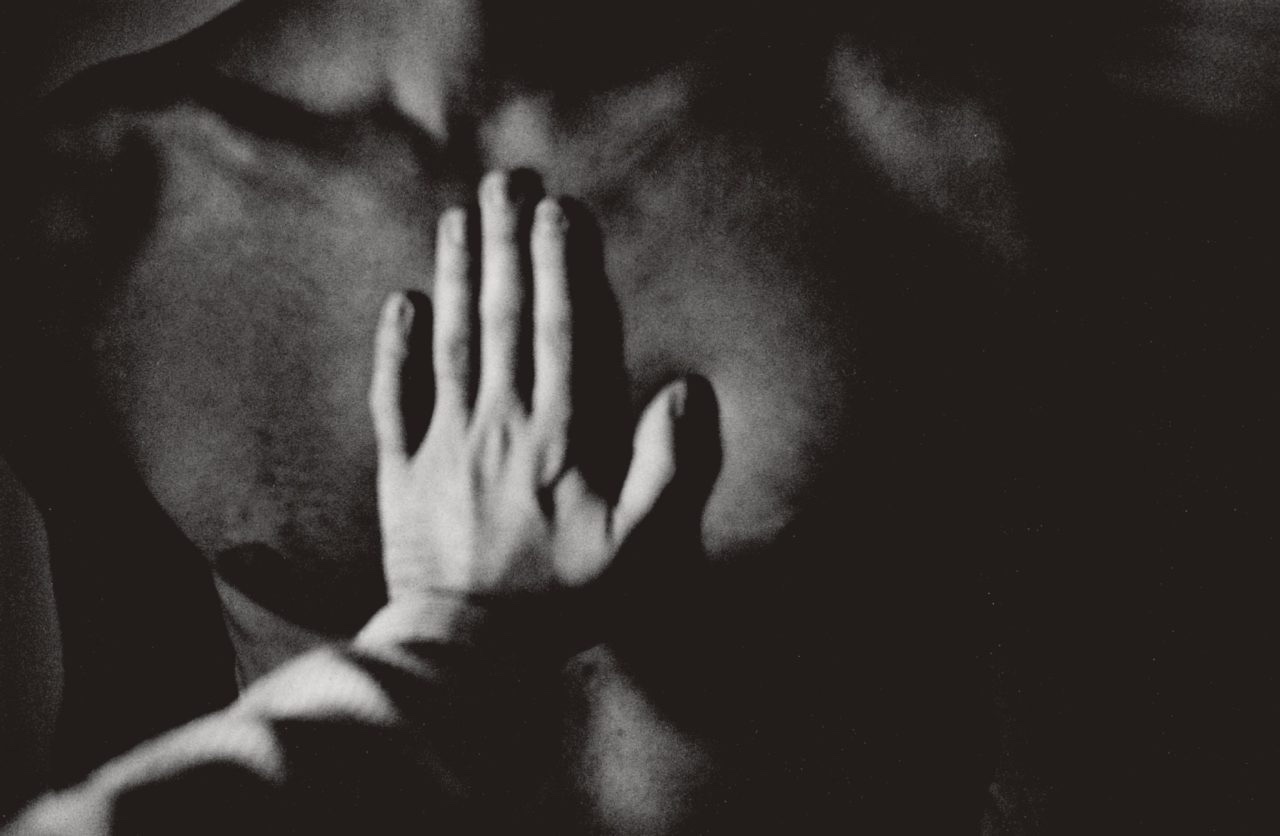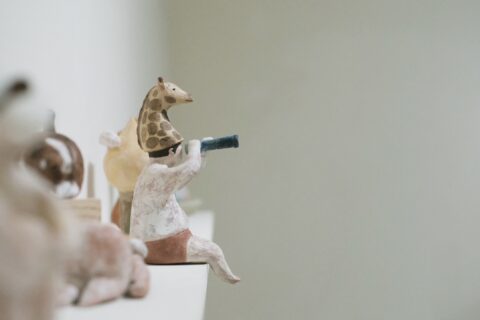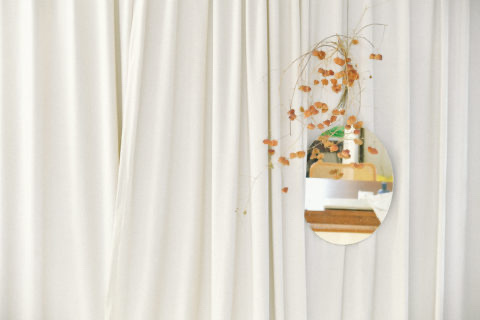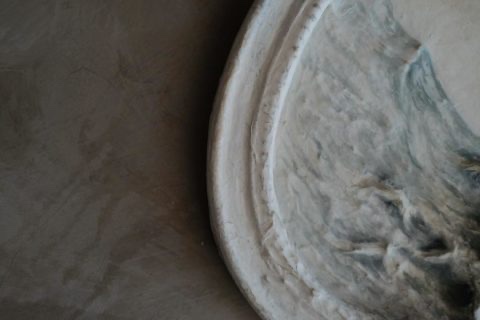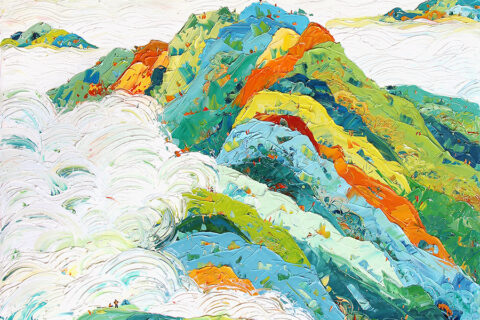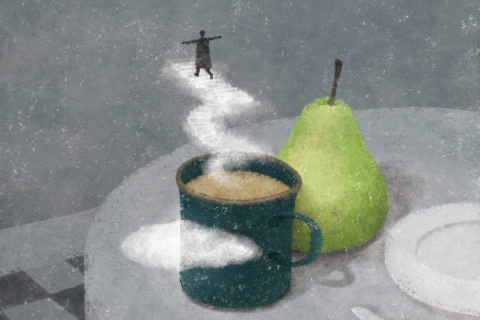LOEWE於今年的西班牙國際攝影及視覺藝術節(PHotoESPAÑA)期間,在馬德里的旗艦店舉行了已故法國藝術家Hervé Guibert的攝影展,由他鏡頭下的黑白世界體現對生命的反思和對照現今社會的冰冷和荒謬。
Hervé Guibert在21歲的時候,寫了他第一本書《La Mort Propagande》,這部自傳式的小說,隱隱地藏著他的童年的回憶和同性戀的題材,而強調個人感觀的表現手法,成為了他獨特的風格。由於對攝影藝術擁有濃厚興趣,Hervé把寫作的敏銳筆觸融入鏡頭,手法溫柔中見尖銳,影像充滿冷酷又溫暖的詩意。無論是自拍、為朋友拍攝或是靜物攝影都表現出他內心的渴望與情感。他的攝影作品大部份是黑白照,構圖優美,並善用自然光線,通過相中人表達的情感,呼應他含蓄的文學創作手法。
During the International Photography & Visual Arts Festival PHotoESPAÑA 2019, the LOEWE flagship store in Madrid held a photography exhibition on the late French artist Hervé Guibert. The black and white images he made have a stark contrast to the indifference and absurdity as observed in the world nowadays. Through his lens, the viewers are invited to have self-reflections on themselves.
Guibert wrote his first book La Mort Propagande at the age of 21, this autobiographical novel subtly tells his childhood memory and expresses a concealed homosexual theme. The self-expressive style of writing as seen in this novel has since then become his signature. The creativity of Guibert is not limited to pen and paper, photography was also one of his media of artistic expression. His camera angles are sharp but bear a tender touch, his photography is cold and warm at the same time in a rhythmic way. Be it selfies, portraits for friends or still images, every image under his lens is his inner yearnings and genuine emotion. Most of Guibert’s photographs are in black and white, the beautiful composition complements his skillful use of natural light. The subjects in his photography ingeniously fulfill his poetic expression.
年輕時染上愛滋病的Guibert把經歷化作文字和影像,在生命最後的日子,用鏡頭拍下他自己、朋友和愛人,記錄下生命裡平凡而重要的時刻。「等待合適的時刻似乎是浪費了時間。」他認為攝影是一種「愛的行為」,也是與他人聯繫的方式。零碎的影像拼湊了他對生命和別人的愛。在《The Friend Who Did Not Save My Life》一書中,Guibert向大眾傳達了對自我表現和性的不同觀點,得到很大的回響,對於當時談論愛滋病仍屬禁忌的時代來說,他的作品深刻呈現面對不治之症的心路歷程,同時在改變法國社會對愛滋病及病人的態度扮演了重要的角色。
Guibert was diagnosed with AIDS at a young age. From then on, he decided to record the remaining days of his life through words and images. He took photos of himself, friends and his lover to document the usual but significant moments of life. “Waiting for the right moment would have seemed like a waste of time,” wrote Guibert. To him, image-making was an “act of love”, as well as a way to connect with other people. Patching the fragmented images together, he was expressing the love he had for life and people. In his book The Friend Who Did Not Save My Life, Guibert boldly shared with his readers an alternative understanding of self-expression and sex, which shocked the society of his time. Back in the days when AIDS was still a taboo, his works were a truthful depiction of his struggle with the incurable disease. Guibert surely played a considerable role in changing the French public attitude to AIDS and AIDS patients.
展覽的策展人Maria Millan,過往為LOEWE策展的展覽都是由藝術家的角度出發,探索性別和身份認同等被邊緣化的議題,包括2017年的Minor White攝影展和2018年的Hujar-Wojnarowicz作品展。今年聚焦於Hervé Guibert在生死面前如何地認識自我,將他的自身經驗轉化成探討生命與社會道德的迷思。展覽藉著Guibert的藝術創作來讓大眾關注現今世界愈見狹隘的偏見、逐漸喪失的寬厚包容,以及來之不易的自由在文明社會裡逐漸失去的危機。除了用生命喚醒社會公義,Guibert更是以一種溫柔的方式來起革命,在冰冷和靜態的黑白影像中滲透出強烈情感,就如1979的作品《L’ami》,把手放在赤裸的胸口上,提醒我們內心的聲音永遠是最好的朋友。
The curator Maria Millan has curated a few exhibitions for LOEWE. She tends to depart from the artists perspective to explore the marginalized conception of sexuality and cultural identification. Some examples include the Minor White: Metaphors photography exhibition in 2017 and the Hujar-Wojnarowicz show in 2018. This year, the focus is on the self-examination Guibert went through when his days were numbered. The artist successfully translated his personal experience into an exploration of life and an analysis of the myth of social ethics. Through Guibert’s art, the exhibition is a call for the public to take a look at our current society that gets increasingly conservative. It also initiated a discussion on the prejudice and lack of tolerance as observed in our world. Freedom is not to be taken for granted; in our so-called civilized world, freedom is, in fact, considerably threatened. Guibert used his life experience to fight for social justice. The vivid emotion and sentiment as expressed in his seemingly distanced and still black and white images was a tender revolution he brought to the world. In 1979, Guibert made an image titled L’ami that has a hand placed on a naked chest, this is an image to remind us how our inner voice is always our best friend.
